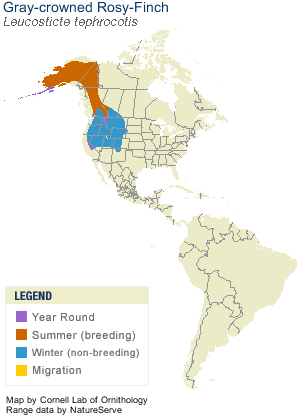The weather conditions this morning - cool, bright and windless - were ideal for locating and observing Three-toeds at Pukaskwa. Only a few minutes after arriving I heard the erratic tap...tap-tap-tap-tap....tap... of a bird foraging about 10 metres off the trail. Well before I actually saw the bird, I saw the characteristic reddish trunk from which the woodpecker had removed much of the outer bark, probably over the course of weeks and months. Strewn around the base, on top of last week's snow, were flakes of bark.

I stopped a few metres from the tree and spied the woodpecker, tapping away, in the shadows some four metres up the trunk. I watched it for a few minutes and moved on. Not long after, I heard a second. I followed the sound and soon enjoyed an uncommonly good eye-level view of a male (note the yellow crown) extracting insects from the rotting trunk of a white spruce.


This short video clip gives a sense of the sound that tips off the presence of this species, even in the heart of winter.
Here's a more thoroughly de-barked spruce from the same area.

Close-up showing the gallery of a bark beetle (Scolytinae?) that the foraging woodpecker has accessed by flaking off the outer bark. Also visible are deeper holes bored to access larvae of other wood boring beetles.

The following image, courtesy of Jim McClarin, shows a span of bark carefully exposed to reveal several bark beetle pupae and their associated galleries.

- more Bark and Ambrosia Beetle images from Bug Guide.
- Wiggins, D. 2004. American Three-toed Woodpecker (Picoides dorsalis): a technical conservation assessment. [Online]. USDA Forest Service, Rocky Mountain Region. Available (pdf) here: [accessed March 1, 2010].









 Ken McIlwrick photo
Ken McIlwrick photo
 Photo by Christine Drake
Photo by Christine Drake







